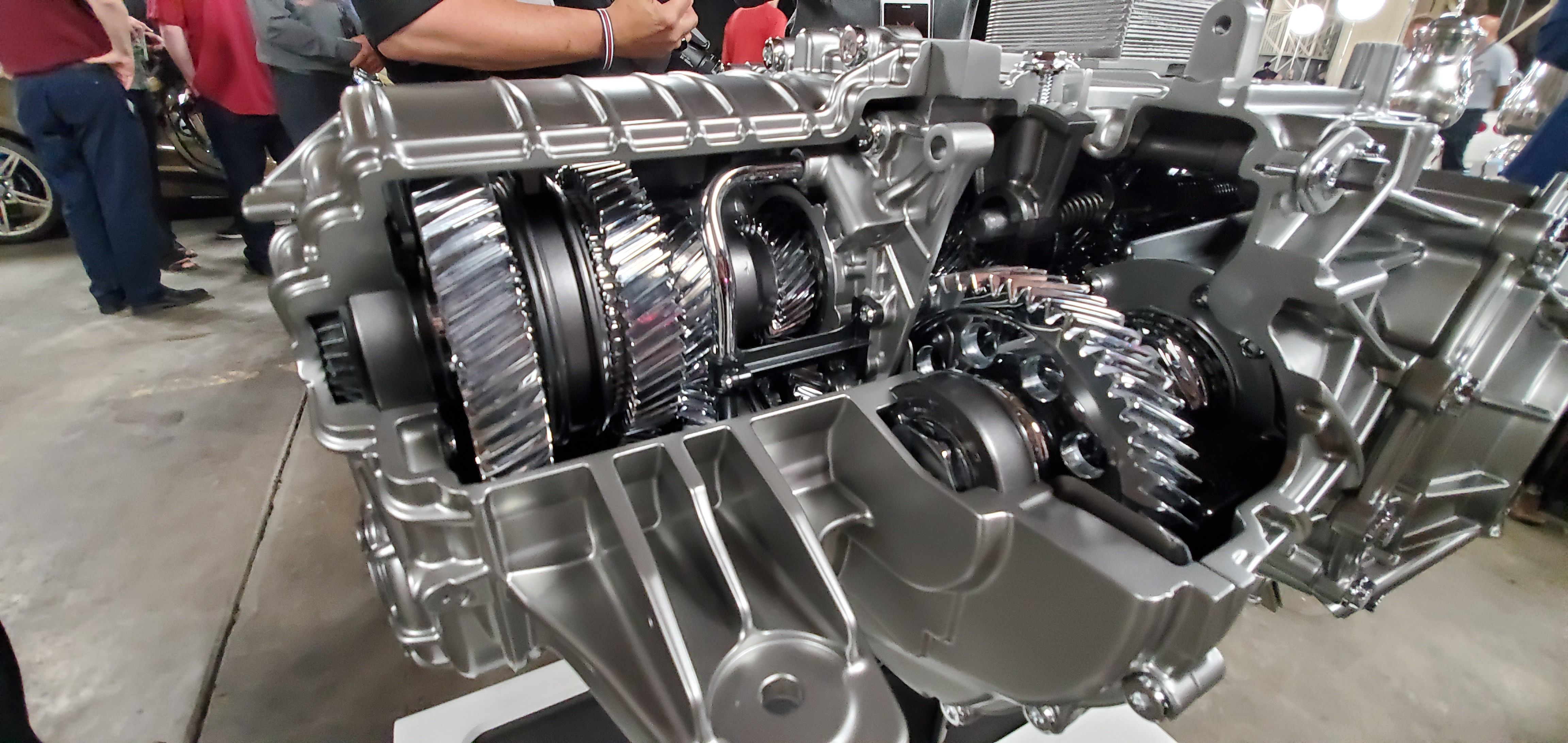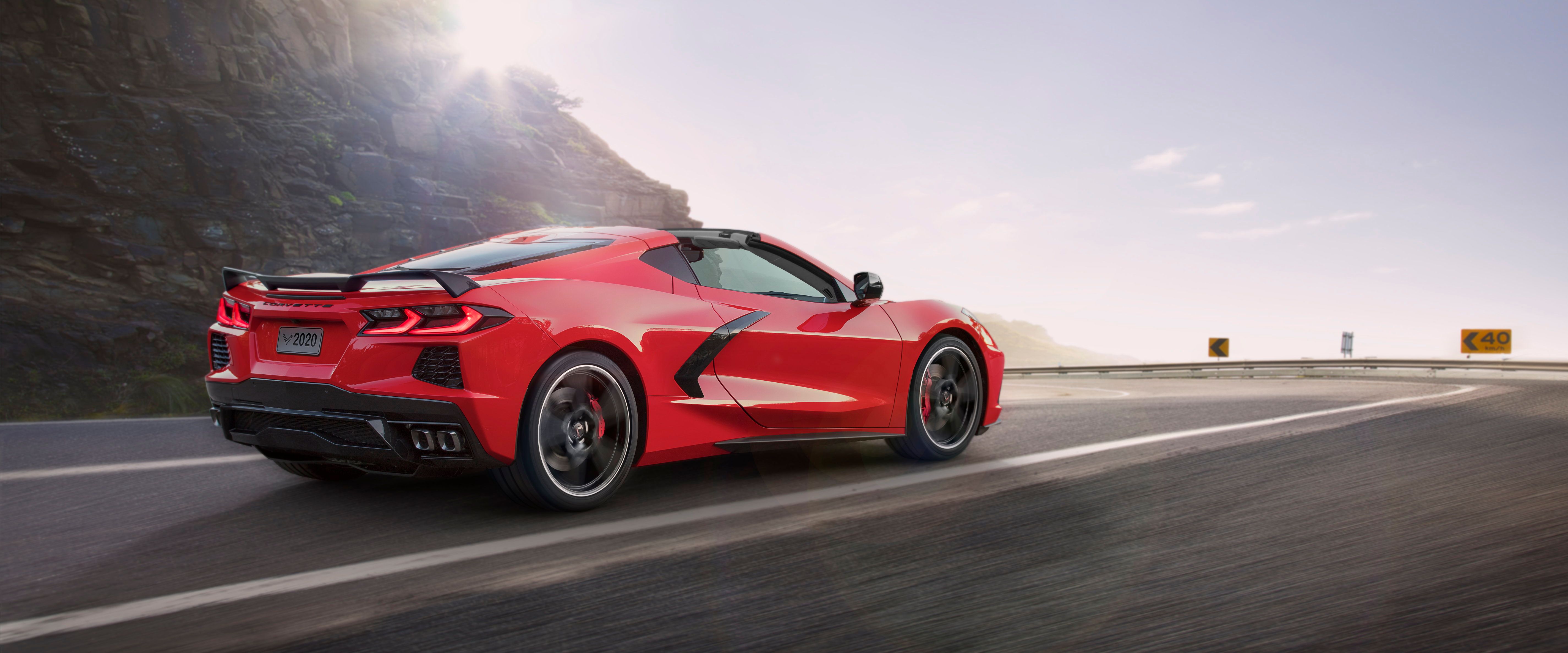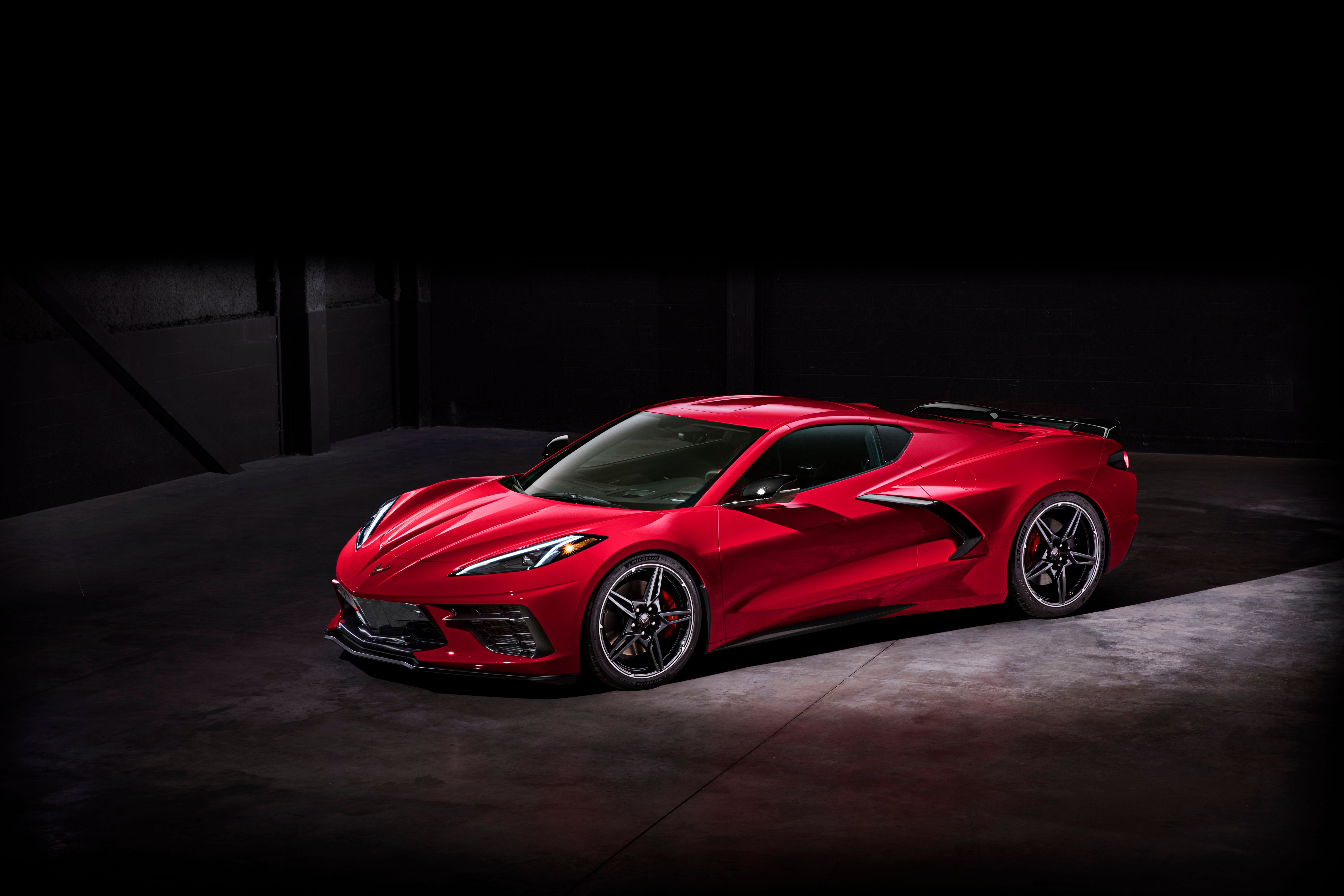The car industry has evolved to the point where we can have cool lighting systems on our vehicles, like Matrix headlamps or sequential turn signals. However, Matrix lights aren't yet allowed in the U.S., while sequential turn signals are very rare due to a silly regulation by the United States Department of Transportation. Lexus and Audi, for instance, had to remove sequential turn signals from some of their cars in the U.S. because they were, wait for it, too small. Fortunately, Chevrolet found a loophole in the Federal Motor Vehicle Safety Standards for lamps and equipped the C8 Corvette with sequential turn signals.
Why Are Sequential Turn Signals (Almost) Banned in the U.S.?
"Ban" is a bit of a harsh word because sequential turn signals aren't actually banned. But it's difficult to add them on U.S.-spec cars due to a rather silly regulation in the United States Department of Transportation’s rule book. Specifically, turn signals are required to be at least 2,200 square millimeters in size. That's 3.4 square inches, which is rather small. That's smaller than most turn signals fitted on modern cars, but there's a very important catch. The 2,200 square mm doesn't apply to the entire turn signal, but to every single bulb or LED sequence that lights up in a row.
This is why Audi's sequential turn signal doesn't qualify. The first sequence is smaller than the required 2,200 square mm. The same issue prevented Lexus from offering sequential turn signals on the RX a few years ago. On the flipside, the Ford Mustang is allowed with sequential lights because each of the three segments of the taillight is larger than 2,200 square millimeters. So basically we can't have cool turn signals unless the first element that lights up is bigger than the government standard. Pretty lame, right?
Chevy's Loophole for the 2020 C8 Corvette
The C8 Corvette features dual taillights and each of the two segments are smaller than the 2,200-square-mm standard. So how come it is equipped with sequential turn signals then? Well, Chevrolet simply created a slightly different sequence. Instead of using the standard sequence in which the inner section of the taillight lights up first and is followed by the outer element, Chevy programmed them to flash on fully at first and then switch to a sequential routine.
Simply put, both elements light up at first and then start flashing from the inside out, indicating the direction of the turn. The trick here is that the government requires a minimum amount of light to be displayed when the signal first illuminates. If the first flash is bigger than 2,200 square mm, the following flashes can be smaller. Needless to say, Chevy found a smart solution around this dated rule.
Sequential Taillights Go Back to 1965
Sequential turn signals may be difficult to offer on U.S. cars, but the technology is not as new as it seems. The system dates back to 1965, when Ford created sequential taillights for the Thunderbird. The car's long and horizontal lights were separated into three bulbs under the red cover and lit in sequential order to indicate the direction of the turn. The lights were transferred to the Mustang-based Mercury Cougar in 1967 and made it on the Shelby GT500 in 1968. Chrysler launched its own sequential rear lights on the Imperial in 1969. These lights didn't catch on and disappeared shortly after their introduction, but made a comeback in 2010 on the Ford Mustang, which continues to feature sequential turn signals in 2019.
Hopefully Chevy will start a new trend and carmakers will use the same strategy to fit sequential turn signals on their U.S.-spec models.
Further reading
Wait, the All-New 2020 Chevrolet Corvette C8 is Priced How Much?!
Read all about the mid-engined Corvette concepts that never made it to production!
Read our speculative review of the 2020 Chevrolet Corvette Zora ZR1
Read our full review of the 2019 Chevy Corvette ZR1
Read up on the 1953-1962 Chevy C1 Corvette
Check out our review of the 1963-1968 Chevy C2 Corvette
Read our in-depth review of the 1969 Chevy Corvette 427 C3
Read up on our review of the 1997-2004 Chevy C5 Corvette}
Read up on the 2005-2013 Chevy C6 Corvette
Check out our full review of the 2014-2019 Chevy C7 Corvette
The 9 concepts that led to the mid-engined Chevrolet Corvette C8




